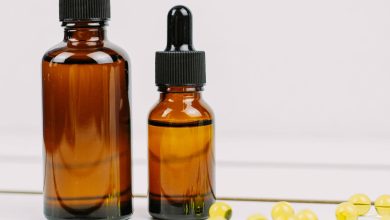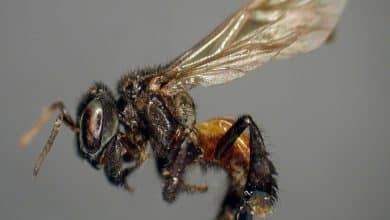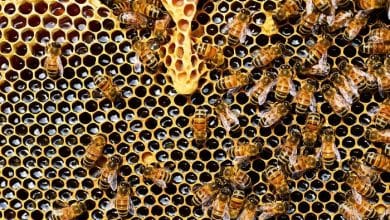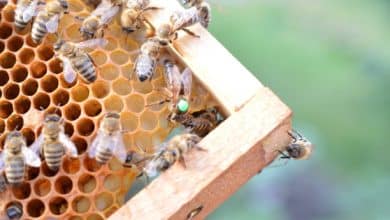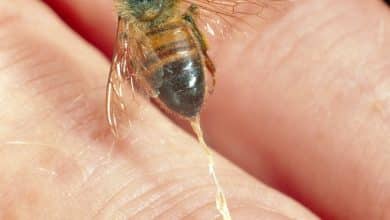Disease Management and Guidelines
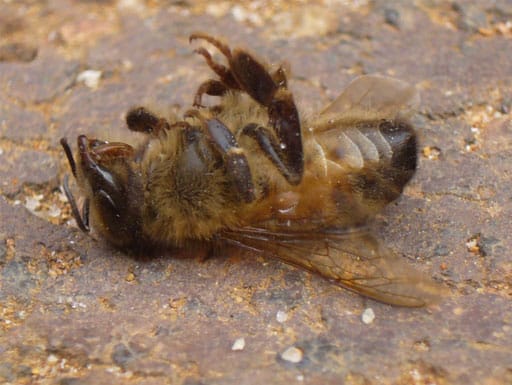
Generally speaking, if our bees are constructing regularly and producing honey, we may infer that they are healthy. The truth is that the bees and the parasites that try to take advantage of them are engaged in a perpetual conflict inside the hive.

Anyone who relies on historical accounts of bee diseases, or even the most recent beekeeping books, will come to the conclusion that when bees are not visibly ill, they must not be infected with pathogens; on the other hand, when a colony that is visibly ill is discovered to be infected with a pathogen, this will be blamed for the disease…
“Bees flourish in spite of the beekeeper, and this is because they are not domesticated….Indeed, they must have their freedom to survive – Dr. Leslie Bailey
Every beekeeper wants to keep colonies that are healthy and productive. Only through lowering disease occurrence and prevalence inside beehives can this be accomplished. The recommendations for finding and treating honey bee colonies for economically significant parasites and pathogens are outlined below to help beekeepers accomplish this aim while doing so sustainably for the long-term health of their colonies.
Now we will review some diseases, their causes and how to prevent them
1- Varroa Mites

Cause: The parasitic mite, Varroa destructor.
Symptoms:

- a hive’s detritus, brood, or adult bees that have adult mites on them.
- adults with malformed wings, small abdomens, and legs.
- Adult population and brood area are dramatically declining, and the brood pattern is erratic.
Means of prevention:
- stocks that can withstand mites, such as Russian, VSH, or Minnesota hygienic.
- bottom boards with screens.
- trapping drone brood.
techniques for detecting
- Alcoholic cleaner
- shaken sugar.
- Adhesive board. (Only qualitative)
- Visual examination or drone-brood inspection (Only qualitative)
Recommendations for treatment
- Whenever there are at least 2-3 varroa mites per 100 adult bees
- Control measures are necessary because (alcohol wash or sugar shake).
- Given that they can reduce brood area, volatile therapies like thymol or formic acid should be used with caution.
Late spring or early summer (during or right after the honey flow)
- While honey supers are on the hives, you should never employ any chemical control methods.
- Use one or more preventative measures, such as mite-tolerant stock or screened bottom boards.
Autumn (preparing for winter)
- At least once every three weeks, sample frequently for mites.
2- Tracheal Mites
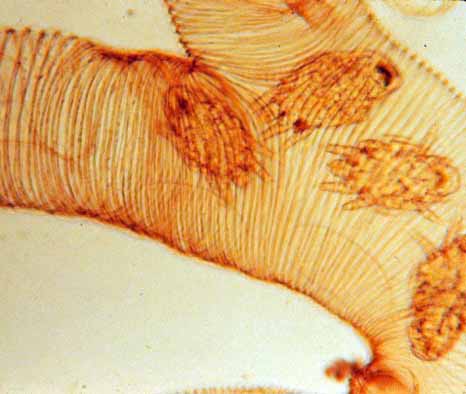
Cause: Acarapis woodi, a parasitic mite
Symptoms:
- This disease has no specific symptoms.
- dilated abdomen, ‘K-wing’ wings, or both.
- Bees frequently crawl on the floorboard, looking “morbid.”
Means of prevention:
- Russian stock that is resistant.
Methods of detection:
- Tracheal mites can only be positively identified through microscopic examination (the breathing tubes of adult bees).
- Although they were historically widespread and quite dangerous, the majority of honey bees have a built-in resistance to them and are relatively uncommon.
- Get in touch with your local NCDA&CS Apiary inspector if you think you have a tracheal-mite infestation.
Treatment recommendation
- Every time tracheal mites are suspected, check the level of infestation (see above).
- Active control is required if 10% or more of the adult workers are infected. Treat colonies in the fall or late summer.
Recommended treatments:
- Mite-a-thol (menthol crystals)
- Mite-Away II (formic acid pads)
- Apilife VAR (thymol pads) or Apigaurd (thymol gel)
It is really important to have the knowledge with all bee disease to know how to deal with them and what kind of treatments should we apply in order to avoid any problem
and if you want to know about a Disease known as “American brood rot”: symptoms and remedies you can read it from here.


